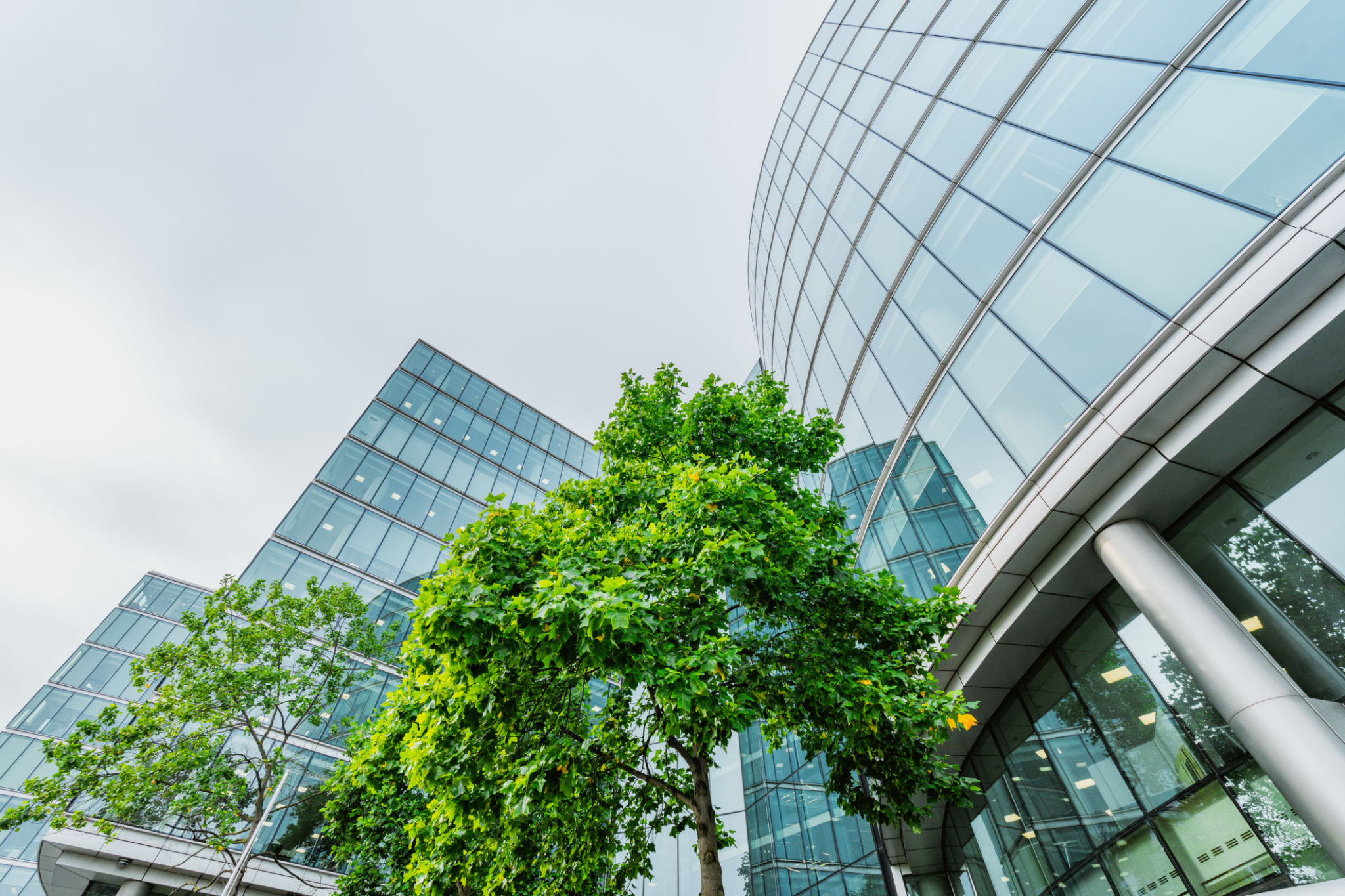Debunking Common Myths About Sustainable Construction
Understanding Sustainable Construction
Sustainable construction is a rapidly growing trend in the building industry, yet it is often misunderstood. Many myths persist, leading to confusion and hesitation among builders and consumers alike. It's crucial to clear up these misconceptions to fully appreciate the value and feasibility of sustainable practices.

Myth 1: Sustainable Construction Is Too Expensive
One of the most common myths about sustainable construction is that it's prohibitively expensive. While it's true that some initial costs can be higher, the long-term savings often offset these expenses. Sustainable buildings can significantly reduce energy and water bills, and often have lower maintenance costs due to the durability of materials used.
Moreover, tax incentives and grants aimed at promoting green building can further reduce the overall financial burden. It's important to consider the full lifecycle cost of a building rather than just the upfront investment.
Myth 2: Sustainable Materials Lack Durability
Another misconception is that sustainable materials are not as durable as traditional ones. In reality, many eco-friendly materials are engineered for longevity and resilience. For example, bamboo and recycled steel are both incredibly strong and have a longer lifespan than some conventional materials.

Additionally, sustainable construction often involves advanced techniques that enhance the durability of structures. By focusing on quality over quantity, these buildings are designed to last for decades, minimizing the need for repairs or replacements.
Myth 3: Sustainable Buildings Lack Aesthetic Appeal
Aesthetic concerns also deter some from embracing sustainable construction. There is a belief that eco-friendly buildings are unattractive or lack creative design elements. However, sustainable architecture has evolved significantly, offering a wide range of styles and finishes that rival traditional designs.
Architects and builders are constantly innovating, utilizing materials like glass, wood, and metal in creative ways to craft visually stunning structures that blend seamlessly with their environments.

Myth 4: Sustainable Construction Is Only for New Buildings
Many assume that sustainable practices can only be applied to new construction projects. This is far from the truth. Retrofitting existing buildings with green technologies is not only possible but highly effective. Upgrading insulation, installing energy-efficient windows, and integrating renewable energy sources can transform older buildings into sustainable ones.
The key is to assess the current state of a building and identify areas for improvement, ensuring that renovations are both practical and impactful.
The Future of Sustainable Construction
Sustainable construction is not just a fad; it's an essential shift towards more responsible building practices. As technology advances and awareness grows, the adoption of sustainable methods will likely increase. Debunking these myths is just the beginning—education and innovation will continue to drive this industry forward.
By embracing sustainability, we can create healthier living environments while minimizing our ecological footprint. The future of construction lies in our ability to balance development with environmental stewardship.
